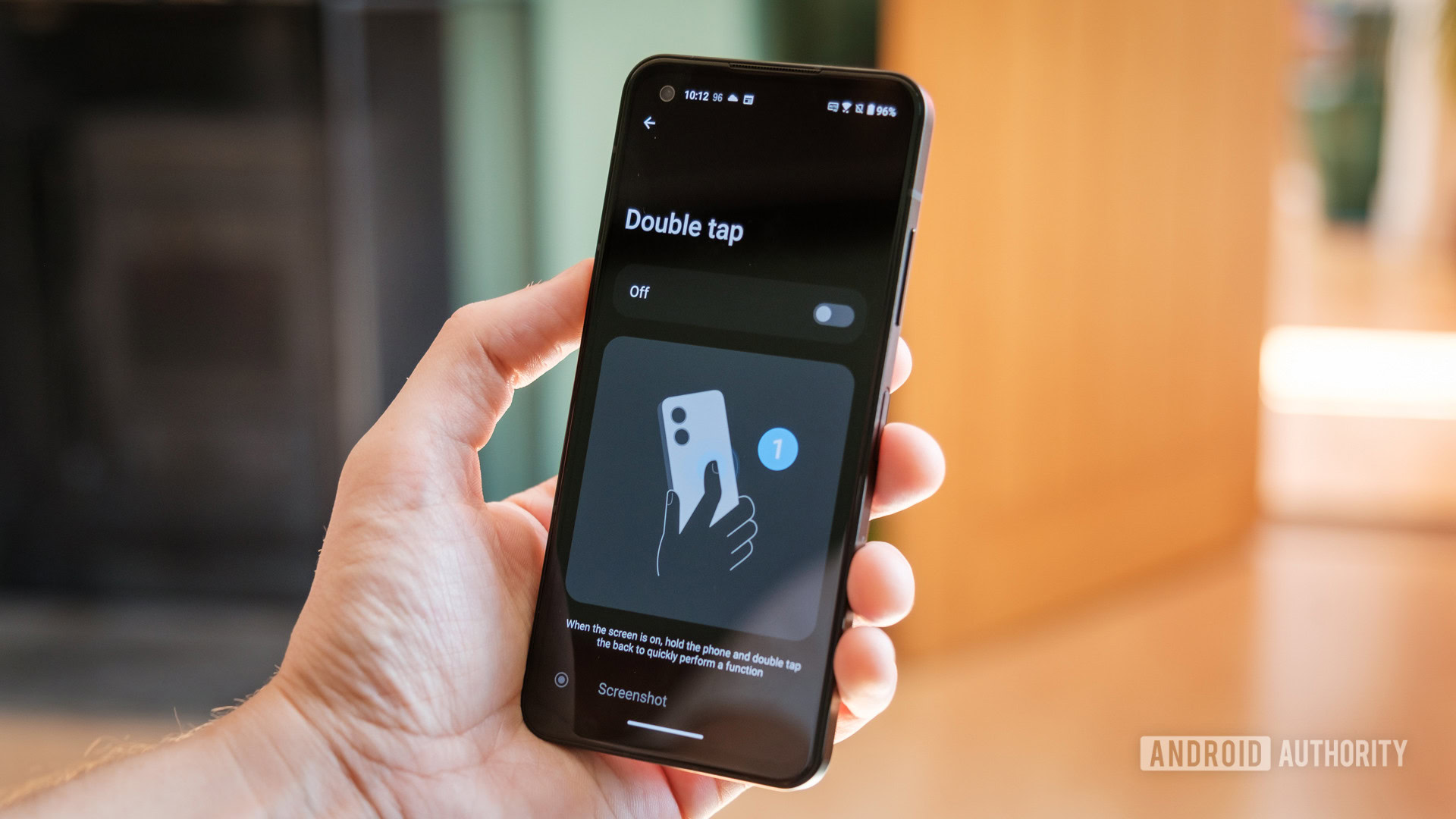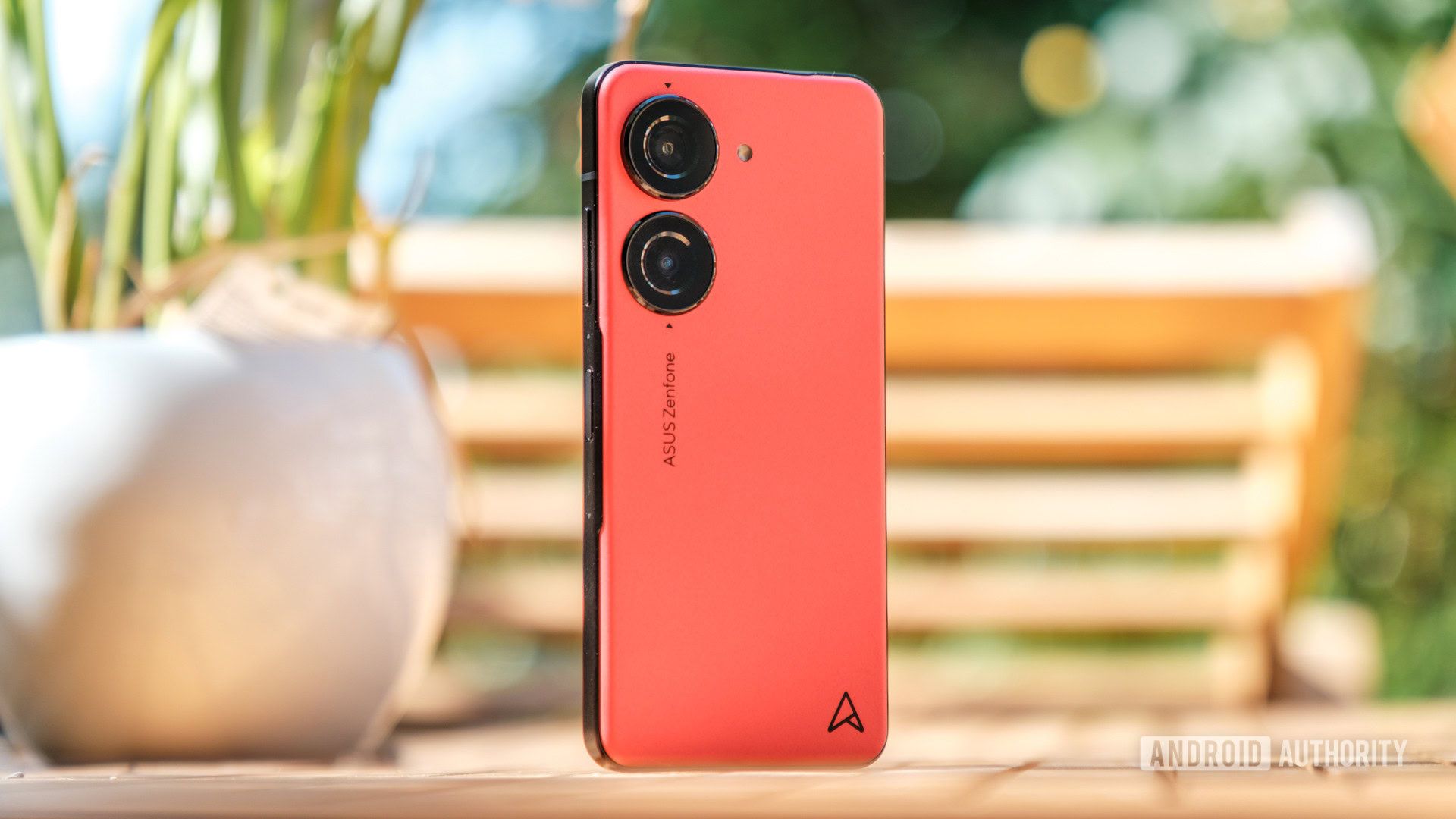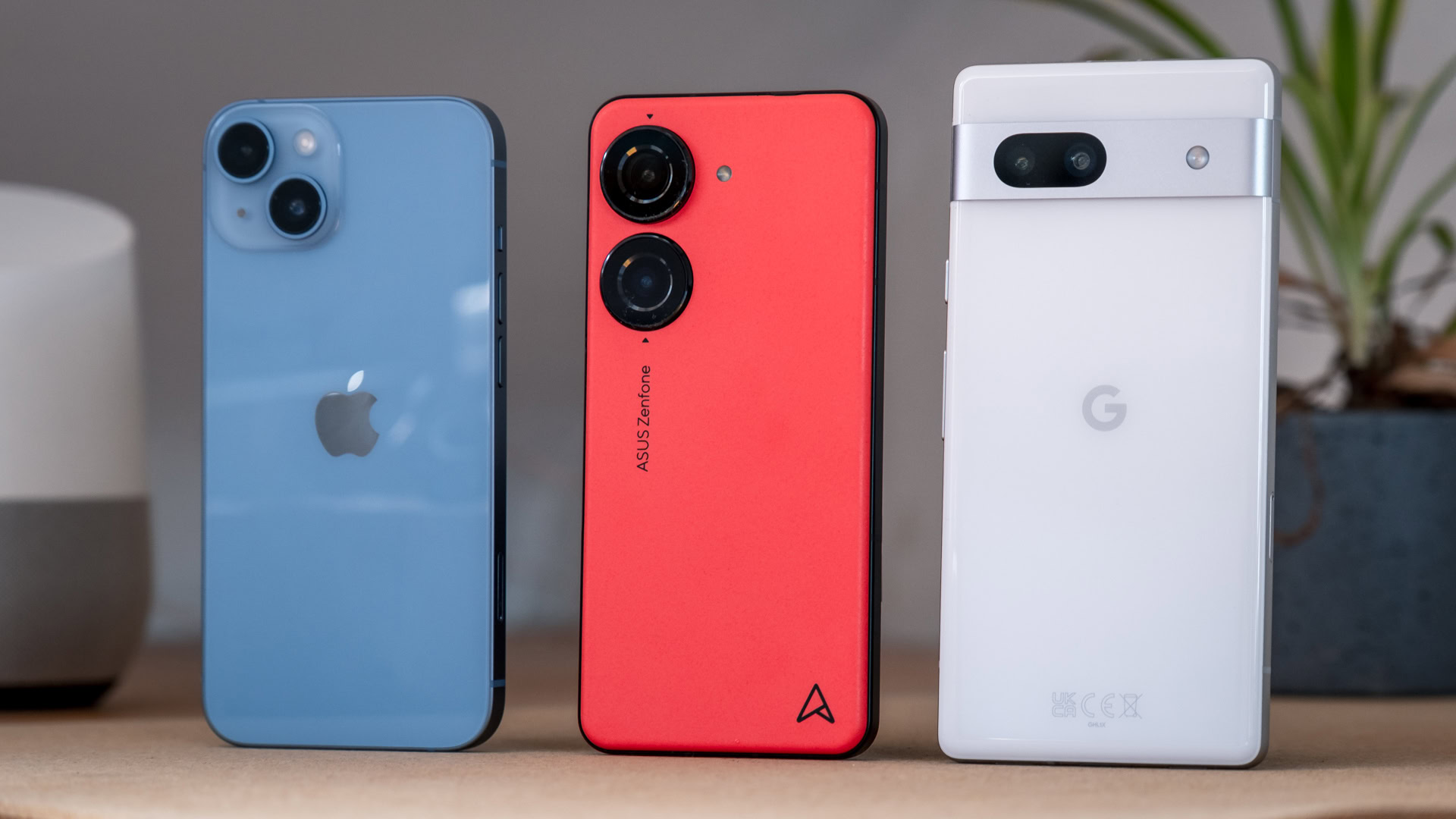ASUS Zenfone 10 review: Should you buy it?

ASUS raises the bar for compact flagships with the Zenfone 10. Brilliant gestures, solid build quality, and the addition of wireless charging make this a tough little phone to beat.
ASUS Zenfone 10 review: At a glance
- What is it? The ASUS Zenfone 10 is the latest compact flagship Android phone from ASUS. Sporting a little 5.9-inch display, it’s smaller than rival flagship phones. But with a powerful Snapdragon 8 Gen 2 processor onboard, this is a tiny phone with a power-user mentality.
- What is the price? Keeping the same €799 (and presumably $699) entry price as the Zenfone 9, the ASUS Zenfone 10 remains an affordable flagship phone.
- Where can you buy it? You can buy the ASUS Zenfone 10 from ASUS, Amazon, and other stores. It goes on sale on June 29, 2023.
- How did we test it? I tested the ASUS Zenfone 10 for seven days. The review unit was supplied by ASUS.
- Is it worth it? The ASUS Zenfone 10 is an excellent phone for those after a compact phone that doesn’t scrimp on flagship hardware or battery life. It’s more affordable than some competitors too. The only drawback is a middling update commitment.
Should you buy the ASUS Zenfone 10?

Robert Triggs / Android Authority
The big reason to have your eye on the ASUS Zenfone 10 is, ironically, its small stature. With a compact 5.92-inch 120Hz FHD+ display, this is a small flagship Android phone built in the guise of the regular Apple iPhone 14, Samsung Galaxy S23, and Google Pixel 7 rather than their gargantuan powerhouse siblings. Still, the ASUS Zenfone 10 doesn’t leave us wanting for high-end features. An IP68 rating and solid-sounding speakers are a staple of ASUS’ setup, while 15W Qi wireless charging is a new addition to the series this year. There’s even a headphone jack; a feature long absent from its aforementioned rivals.
The Zenfone 10’s wireless charging support and more intelligent gestures improve on an already brilliant formula.
Performance is rock solid thanks to a Snapdragon 8 Gen 2 processor, healthy 16GB RAM, and ample 512GB storage on the model I tested. The handset also comes in 8GB/126GB and 8GB/256GB memory options too. The benchmarks below attest to the fact that this little phone is every bit as powerful as bigger and more expensive handsets. However, the small design doesn’t handle heat as well as larger models, and we don’t recommend the phone for the most demanding gamers. You’ll want a bigger screen anyway, which ASUS accommodates with the mighty ROG Phone 7 series.
You might worry that all this power doesn’t last a day. But the 4,300mAh battery onboard is a little larger than you’ll find in some competing products. While performance mode certainly chugs down the juice if you need a boost, the out-of-the-box dynamic performance setting took me through a full day of streaming, messaging, and browsing with a little left in the tank. The lack of an LTPO display means the dynamic refresh rate isn’t fully adaptive, so battery life will fluctuate at larger intervals depending on what you’re viewing and it won’t go to super-low frames to save juice. Nevertheless, a full day out of a small phone like this is no mean feat.
If you’re not all that into specs, the phone’s choice of vibrant colors are sure to impress. I got my hands on the lovely Eclipse Red model, but Aurora Green, Midnight Black, Comet White, and Starry Blue all look great. The build quality is terrific no matter the color; the metal chassis, Gorilla Glass Victus protection, and soft textured Bio-based polycarbonate back combine to provide extra reassurance from drops. That said, the sporty, gamer-y aesthetic won’t be to everyone’s taste, and the design is virtually unchanged from the Zenfone 9.
The Zenfone 10 isn’t just a hardware marvel; the phone also has a few software tricks up its sleeve. Customizable Zen Touch, Double tap on the back, smart key, and a selection of gestures remain from last year’s Zenfone 9. ASUS has added some new options here. Quick Shot captures instant burst pictures from locked, while ZenTouch now allows you to swipe through your entire notification shade or quickly rewind YouTube videos. Edge Tool now also supports quick settings toggles, such as Wi-Fi and NFC.
Setting everything up takes a little time, but these customizable shortcuts help you whip round your most common tasks at a lightning pace. I only wish that the back tap gestures could be used to launch apps too. However, you can do this via Zen Touch instead.
Gesture customization makes multitasking a breeze on this compact screen.
Speaking of software, Zen UI (based on Android 13) offers a lightweight stock-like appearance that’s easy to get to grips with. You’re greeted by a small selection of ASUS and Google apps, with only Instagram and Facebook present as pre-install garbage. It’s not entirely stock-like; ASUS has replaced Google’s bubble quick settings with classic round icons, fitting 12 on the screen at once. Even so, some may find the setup a little barebones, particularly compared to brands that offer powerful theming engines and heavily customized skins.

Robert Triggs / Android Authority
ASUS has made a few changes to its camera setup too. Hardware-wise, a 32MP RWGB sensor replaces the selfie snapper to assist with low-light shooting. The results look pretty good, though there is a limit on how dark you can take the front-facing camera. I’d say it’s not quite as good as the Pixel 7 Pro’s selfie camera in dim light, but otherwise offers solid skin tones, sharp textures, and nice looking portrait blur.
Other improvements come on the software side. AI Object Sense (aka object segmentation) detects and processes parts of the scene differently for a richer look. Again, the phone performs admirably in most lighting conditions, providing vivid colors, robust dynamic range from the primary camera, and steady OIS for low light. My only complaint is that images can look oversharp, and you occasionally notice side-effects of object segmentation processing in HDR-heavy environments.
ASUS’ Hyper Clarity technology now processes 4x-8x zoom in the RAW domain for enhanced details. The trade-off is that it takes a little while to process these shots and, honestly, the level of detail is still not very good. While ASUS wants to challenge the best camera phones, there’s only so much that can be done with software upscaling, so you’re limited to 2-3x zoom if you want sharp details. The 120-degree ultrawide camera is excellent for fitting more in, but the color profile doesn’t always match the main lens. Furthermore, there’s a fair bit of noise at the frame edges, even in bright light. Still, the results are solid for a phone of this price.
Gimbal stabilization comes into its own for video recording, which comes in 8K/24fps, 4K/60fps, and 1080/60fps flavors (the ultrawide camera is capped at 4K/30fps). Stabilization comes with three settings off, which relies solely on hardware, Adaptive software stabilization and cropping, and HyperSteady, which is the most aggressive for really shaky scenes. Adaptive is the new feature here, automatically cropping and stabilizing the image based on the amount of shake. It works well, but to be honest, the gimbal setup works great most of the time on its own, and you don’t have to fight to pan if you need to enable the software options.
ASUS’ Zenfone 10 is the TARDIS of smartphones. Who knows how all that hardware fits in there?
There’s only one real drawback to the Zenfone 10. Being a smaller brand, ASUS’ two major OS updates and four years of security updates software commitment is decent but not as robust as others at this price point. Moreso the OS upgrade part of ASUS’s update policy, which means the phone won’t see any new Android features after 2025. Thankfully, long-term security updates ensure you can safely use the phone through 2027 and maybe beyond.


Asus ZenFone 10
Compact design • Great build quality • Robust performance and battery
Small phone, big gains.
ASUS raises the bar for compact flagships with the Zenfone 10. Brilliant gestures, solid build quality, and the addition of wireless charging make this a tough little phone to beat.
What are the best ASUS Zenfone 10 alternatives?

Robert Triggs / Android Authority
Compact form-factor flagships don’t always grab the headlines, but they really should. There are already a few alternatives on the market worth considering versus the ASUS Zenfone 10.
- Samsung Galaxy S23 ($799.99 at Amazon): With a telephoto zoom in tow, Samsung’s little flagship is a more flexible photography package, as well as a tremendous all-around phone. It’s a little more expensive than ASUS’ option, but Samsung offers a five-year update commitment that’s the best in the business.
- Google Pixel 7 ($599 at Amazon): Google’s smaller flagship is a more affordable alternative that offers many of the same features as the Zenfone 10. Solid dual cameras, wireless charging, and a long-term upgrade pledge make the Pixel 7 great value for money. However, ASUS retains an advantage in the performance department.
- Apple iPhone 14 ($799 at Best Buy): The Zenfone 10 already offers something different, but if you want something far outside the Android experience, it’s hard to go wrong with Apple’s iPhone 14. The design is a little dated, but there’s no arguing with the handset’s camera package, performance, or build quality, provided you can live with iOS and the slightly more expensive price tag.
ASUS Zenfone 10 specs
| ASUS Zenfone 10 specs | |
|---|---|
|
Display |
5.92-inch Super AMOLED |
|
Processor |
Snapdragon 8 Gen 2 |
|
RAM |
8GB / 16GB |
|
Storage |
128GB / 256GB / 512GB |
|
Power |
4,300mAh battery
30W wired charging 15W Qi wireless charging |
|
Cameras |
Rear:
– 50MP wide, f/1.9 aperture, 1/1.56-inch sensor, multi-directional PDAF, 6-axis gimbal OIS – 13MP ultrawide, f/2.2 aperture, fixed AF Selfie: |
|
Audio |
Stereo speakers |
|
Video |
Primary: 8K at 24fps |
|
Durability |
Bio-based polycarbonate (plastic) back |
|
Connectivity |
Wi-Fi 7 Ready |
|
Biometrics |
Side-mounted fingerprint reader |
|
Ports and switches |
USB-C |
|
Software |
Android 13 |
|
Dimensions and weight |
146.5 x 68.1 x 9.4mm |
|
Colors |
Aurora Green, Midnight Black, Comet White, Eclipse Red, Starry Blue |
|
In the box |
ASUS Zenfone 10 |
ASUS Zenfone 10 review: FAQ
Yes, the ASUS Zenfone 10 boasts an IP68 rating for dust and water resistance.
Yes, the ASUS Zenfone 10 supports NFC, enabling contactless payments and much more.
Yes, the Zenfone 10 does have wireless charging, but it’s a rather slow 10W affair based on the Qi wireless charging standard.
Yes, the ASUS Zenfone 10 supports AT&T network bands. It works with 5G too, although the phone is not mmWave capable.
The ASUS Zenfone 10 support several Verizon 5G network bands. However, the phone does not support mmWave.
For all the latest Technology News Click Here
For the latest news and updates, follow us on Google News.

